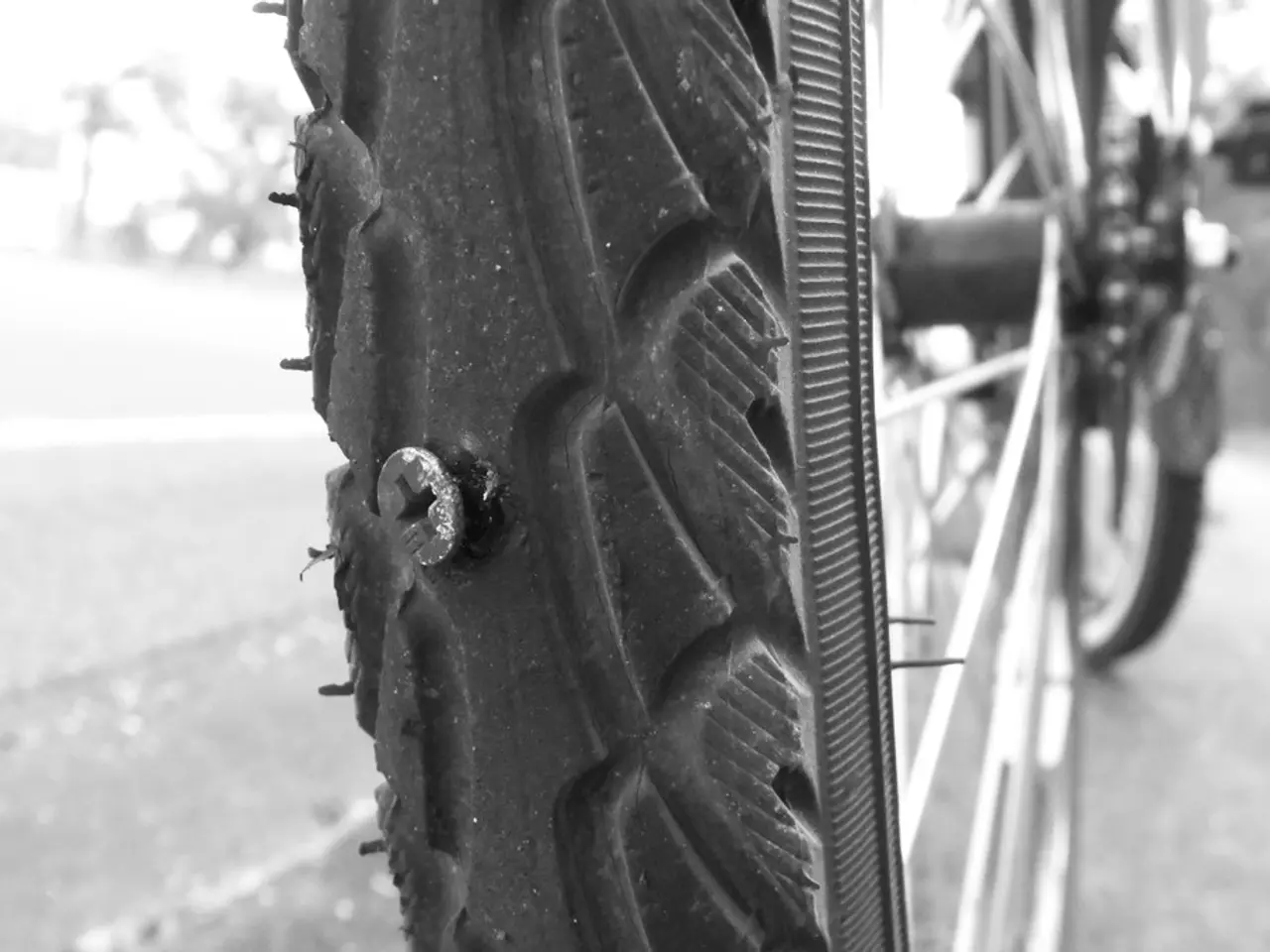Endometriosis Occurrence in Rectovaginal Region: Symptoms, Identification, and Treatment Strategies
Rectovaginal endometriosis, a form of the chronic condition that affects millions of women worldwide, can be managed through a combination of medical and surgical approaches. This article provides an overview of the treatment options available for rectovaginal endometriosis, focusing on surgery, hormonal treatments, and emerging therapies.
Surgery is often considered the most effective treatment for deep infiltrating lesions in rectovaginal endometriosis. The preferred surgical approach is laparoscopic deep excision surgery, which targets both superficial and deep lesions to remove endometrial implants and alleviate symptoms completely. Conservative surgery options, such as shaving, are recommended as the primary surgical technique in many cases to minimize radical tissue removal while alleviating symptoms. Surgical intervention aims to improve pain, bowel symptoms, and sexual function affected by deep rectovaginal lesions.
Hormonal treatments serve as important adjuncts or alternatives for pain control and lesion suppression. Progestogens, synthetic progesterones, are often first-line treatments as they suppress estrogen effects on endometrial tissue, reducing inflammation and pain. Aromatase inhibitors, which block estrogen production, are effective postmenopause, as estrogen fuels endometriosis growth. Oral Gonadotropin-Releasing Hormone (GnRH) antagonists, like relugolix combination therapy, have demonstrated efficacy in reducing endometriosis-associated pain, including pelvic pain and dysmenorrhea.
Research is ongoing into targeted therapies such as Janus kinase (JAK) inhibitors, which may reduce lesion size and proliferation through modulation of immune and inflammatory pathways. However, these are not yet established treatments for rectovaginal endometriosis.
It is essential to note that hysterectomies are not a cure for endometriosis, but they can relieve symptoms in some people. Others may continue to have symptoms even after a hysterectomy. If a person with rectovaginal endometriosis does not find relief from symptoms with other treatments, a doctor may recommend surgery to remove the lesions. Severe endometriosis often requires the surgical removal of adhesions to prevent serious complications.
Rectovaginal endometriosis can cause chronic pelvic pain, gastrointestinal problems, and sometimes contributes to infertility. People who do not want to get pregnant may opt for a hysterectomy if other treatments do not work. A hysterectomy removes the uterus, and a doctor may recommend having the ovaries removed as well.
Symptoms of rectovaginal endometriosis can include heavy periods, bleeding between periods, severe cramps, pain during sex, bladder pain, incontinence, infertility, bleeding from the rectum, straining to have a bowel movement, painful bowel movements, symptoms of irritable bowel syndrome, intense stomach pains, swelling in the stomach, vagina, rectum, or perineum, bloating, and fluid retention. Taking pain relievers can help with pelvic pain and other symptoms of endometriosis, but this will not treat the underlying cause.
An ultrasound scan or laparoscopy can sometimes help locate endometriosis lesions, but imaging techniques cannot always detect them. Doctors use four stages to describe endometriosis, and the stage assigned depends on how severe the condition is and how much tissue has formed outside of the uterus. These lesions can form large, painful growths that interfere with organ function and may cause internal injuries, infections, and bleeding.
The causes of endometriosis, including rectovaginal endometriosis, are not fully understood, but they may include retrograde menstrual flow, autoimmune conditions, traumatic injuries, hormonal imbalances, and genetics. Diagnosis of rectovaginal endometriosis involves a doctor asking about a person's medical history, performing a pelvic exam, and checking for pain and unusual growths. Some people may not discover they have rectovaginal endometriosis until they visit a doctor for fertility issues.
The tissue that attaches to areas outside of the uterus in rectovaginal endometriosis is called endometriosis lesions. People with endometriosis or those who think that they might have it should work with a doctor who specializes in the condition. According to one 2013 review, surgery can improve symptoms in people with rectovaginal endometriosis. A specialist can perform laparoscopic surgery, a type of minimally invasive surgery that uses small incisions and a camera to remove the adhesions. During surgery, the surgeon can also look for other endometriosis adhesions and assess the severity of the condition.
Rectovaginal endometriosis is less common than ovarian or peritoneal endometriosis. Doctors classify rectovaginal endometriosis as endometriosis stage 4, which is a deep infiltrating endometriosis. Rectovaginal endometriosis is a type of endometriosis that affects the rectum, vagina, or areas between them.
- In cases where deep infiltrating lesions are present in rectovaginal endometriosis, surgery, such as laparoscopic deep excision surgery or conservative options like shaving, may be considered effective treatments to remove endometrial implants and alleviate symptoms.
- Hormonal treatments, like progestogens, aromatase inhibitors, or oral Gonadotropin-Releasing Hormone (GnRH) antagonists, can serve as important adjuncts or alternatives for pain control and lesion suppression in managing rectovaginal endometriosis.
- Research is ongoing into targeted therapies, such as Janus kinase (JAK) inhibitors, which have the potential to reduce lesion size and proliferation through modulation of immune and inflammatory pathways, although these are not yet established treatments for rectovaginal endometriosis.




